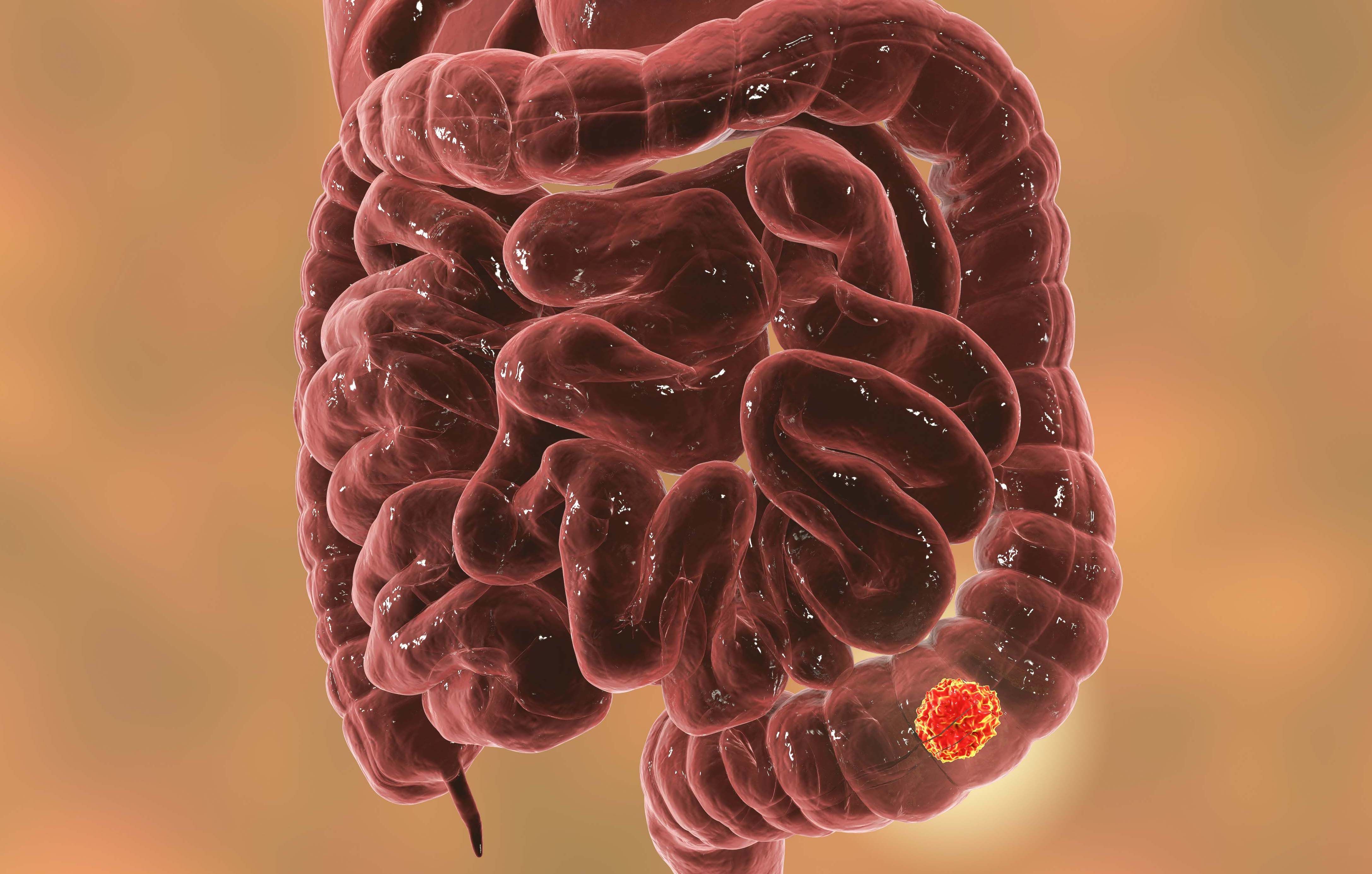Non-Operative Management Does Not Compromise DRFS in pMMR Rectal Cancer
NO-CUT trial data show that DRFS was maintained when non-operative management was used in patients with pMMR locally advanced rectal cancer.
“Future trials for the cure of pMMR/microsatellite stable [MSS] locally advanced rectal cancer will aim at increasing cCR rates by refined patient selection through multi-omics studies and improved total neoadjuvant treatment strategies," according to study author Alessio Amatu, MD.

Non-operative management (NOM) did not impede upon distance relapse-free survival (DRFS) and led to organ preservation for patients with mismatch repair proficient (pMMR) locally advanced rectal cancer, according to results from the NO-CUT trial presented at the 2024 European Society of Medical Oncology (ESMO) Congress.
A clinical complete response (cCR) was noted in 26% of patients who then proceeded with NOM. A total of 90% of patients who had an incomplete response underwent surgery. The DRFS rate was 96.9% (95% CI, 91.0%-100.0%) in those who had NOM and 76.7% (95% CI, 69.8%-84.2%) in all patients.
The organ preservation rate was 85% (n = 39/46), and all patients with local regrowth underwent rescue surgery with 42% (n = 3/7) having sphincter-sparing treatment. Overall, local regrowth occurred between 4 and 18 months.
After total neoadjuvant therapy, ctDNA was assessed to look for clinical responses and DRFS. Of the 108 evaluable patients, the absence of ctDNA was significantly associated with tumor response. For those who were ctDNA-negative, a cCR was observed in 92%, and an incomplete response occurred in 69%. For those who were ctDNA-positive, the cCR rate was 8%, and the incomplete response rate was 31%.
ctDNA was also assessed regarding DRFS. The 2-year DRFS rate for those who were ctDNA-negative was 89.4% (95% CI, 81.6%-97.9%) and 64.0% (95% CI, 44.3%-92.5%) for those who were ctDNA-positive. The 3-year DRFS rates were 85.8% (95% CI, 76.0%-96.9%) vs 64.0% (95% CI, 44.3%-92.5%), respectively, (HR, 3.23; 95% CI, 1.08-9.63; P = .035).
In the 121 patients who underwent surgery, the 2-year progression-free survival (PFS) rate was 68.7% (95% CI, 59.2%-69.8%), and at 3 years, it was 66.2% (95% CI, 56.1%-78.2%). It was noted that those who were ctDNA-positive had a significant increase in the risk of progression (HR, 6.99; 95% CI, 2.19-22.39; P = .001).
“An optimal selection of candidates to NOM may take advantage of translational biomarkers,” Alessio Amatu, MD, a surgeon and oncologist at Niguarda Cancer Center, Grande Ospedale Metropolitano Niguarda in Milan, Italy, said during the presentation. “Future trials for the cure of pMMR/microsatellite stable [MSS] locally advanced rectal cancer will aim at increasing cCR rates by refined patient selection through multi-omics studies and improved total neoadjuvant treatment strategies.”
Investigators of this trial enrolled 180 patients with mid/low cT3 to cT4 and/or cN1 to cN2, cM0, pMMR/MSS rectal adenocarcinoma. Those with an ECOG performance status of 0 to 1 who were fit for surgery were enrolled in the trial. The primary end point was the percentage of patients alive and distant relapse-free at 30 months. It was noted that at least 44 patients who underwent NOM were needed. Secondary end points included cCR rate and organ preservation rate in patients who received NOM.
Induction therapy began during weeks 1 to 12 and included 4 cycles of capecitabine plus oxaliplatin, then moved to restaging 1, which included digital rectal examination, MRI, and CT. Weeks 13 to 18 included capecitabine plus intensive modulated radiation therapy followed by a treatment-free interval for 11 to 12 weeks. Weeks 29 to 30 included restaging 2, which occurred with a digital rectal examination, MRI, CT, endo-ultrasound with tumor biopsy, and liquid biopsy. Patients with a cCR then received NOM with intensive follow-up while those with an incomplete response underwent surgery with standard follow-up.
Between June 2018 and August 2023, 180 patients were enrolled across 4 high-volume centers. The median follow-up was 27 months, and 1 patient died due to toxicity (0.5%), 9 (5%) to tumor progression, and 2 (1%) to other causes.
The median age was 62 years old, 56% were male, and 73% had an ECOG performance status of 0. The most common tumor location was medium in 59%, 74% had stage T3 disease, and 80% had TNM stage III disease.
The clinical response to total neoadjuvant treatment included 26% of patients having a cCR and 74% having an incomplete response. Tumor location included low (36% vs 64%) or medium (19% vs 81%) between both types of response (P = .017). The clinical stage included T1 (100% vs 0%), T2 (39% vs 61%), T3 (28% vs 72%), and T4 (6% vs 94%) in the cCR and incomplete response assessments (P = .004). Finally, the clinical TNM stage included II (45% vs 55%) and III (23% vs 77%; P = .065).
Reference
Amatu A, Zampino MG, Bergamo F, et al. Total neoadjuvant treatment (TNT) including non-operative management (NOM) for proficient mismatch repair locally advanced rectal cancer (pMMR LARC): first results of NO-CUT trial. Presented at the 2024 European Society of Medical Oncology Congress; Barcelona, Spain; September 13-17, 2024. Abstract 509O